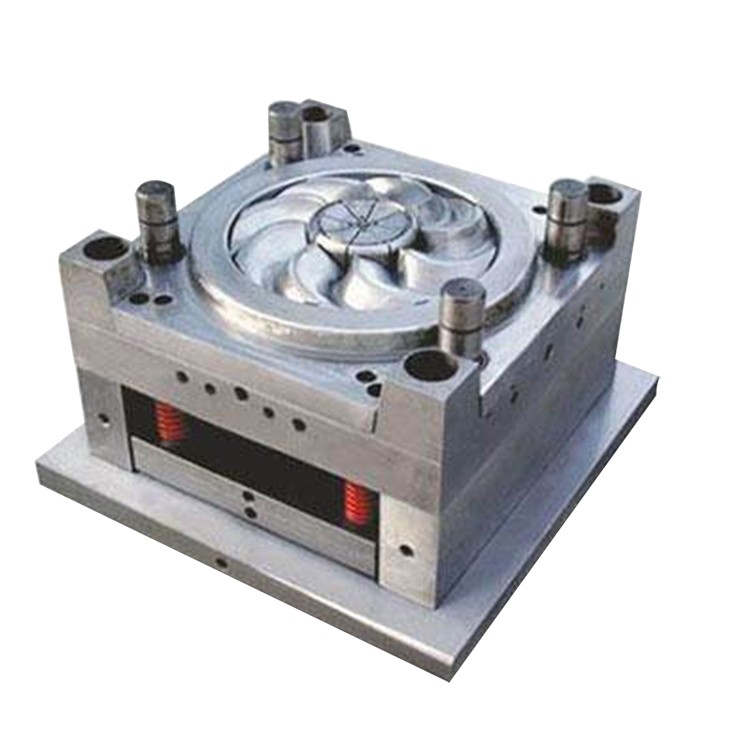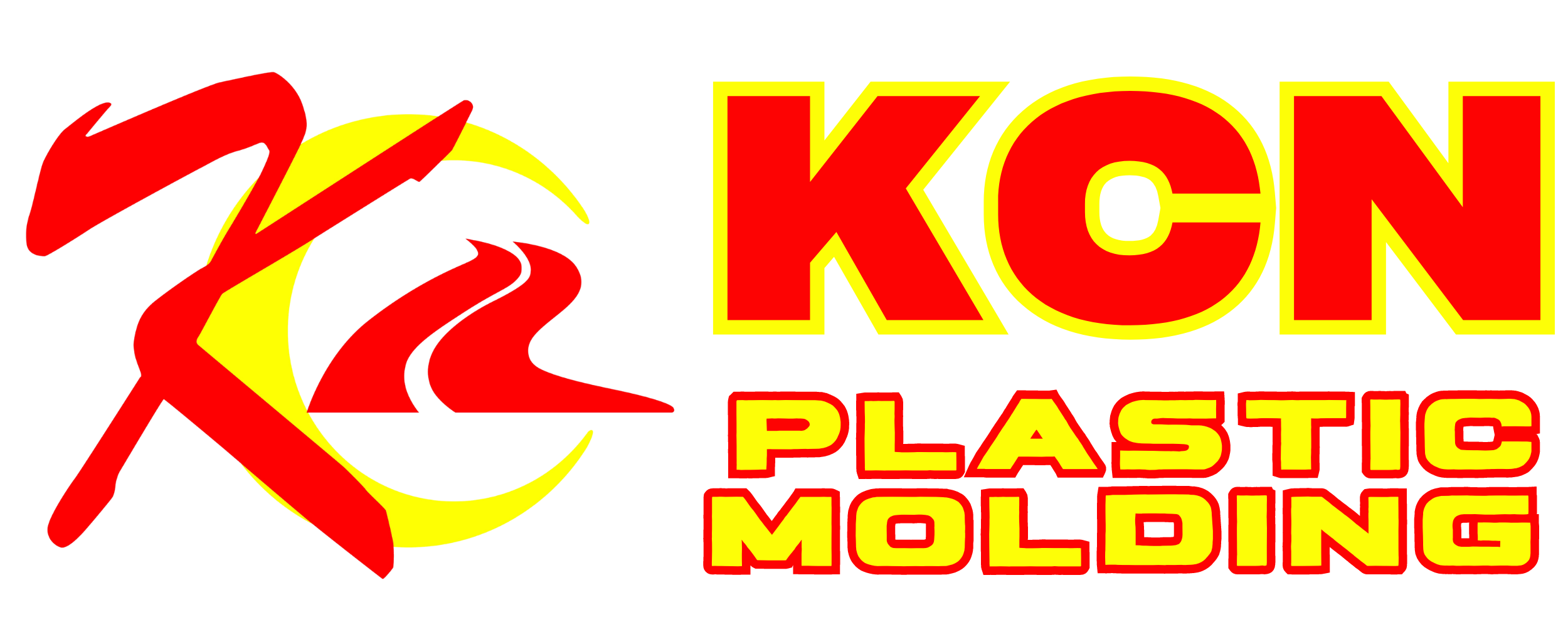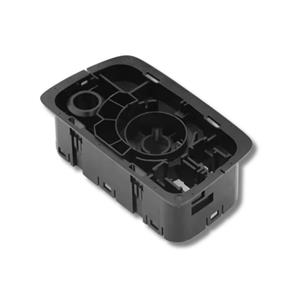How is quality control ensured in the injection molding process?
Quality control is a critical aspect of the injection molding process to ensure that the produced parts meet the desired specifications and requirements. Here are some common methods and practices used to ensure quality control in injection molding:
1. Mold Design and Construction: Proper mold design and construction are essential for achieving high-quality parts. Molds should be designed to minimize defects, such as warping, sink marks, and voids. Precise mold construction using high-quality materials helps maintain dimensional accuracy and consistency.
2. Material Selection and Testing: The selection of appropriate plastic materials for the injection molding process is crucial. Manufacturers should carefully choose resins that meet the desired specifications and performance requirements of the final product. Material testing, such as melt flow rate, mechanical properties, and chemical resistance, helps ensure material quality and consistency.
3. Process Optimization: Optimizing the injection molding process parameters is vital for consistent quality. Variables such as temperature, injection speed, pressure, cooling time, and mold filling time need to be carefully controlled and monitored. Process optimization helps minimize defects and ensures consistent part quality throughout production runs.
4. Monitoring and Inspection: Regular monitoring and inspection of the injection molding process are essential to identify any issues or deviations. This can include real-time monitoring of process variables, such as temperature and pressure, to ensure they remain within the specified ranges. Visual inspection and measurement of parts during and after production help detect any defects or dimensional variations.
5. Statistical Process Control (SPC): SPC techniques involve using statistical tools to monitor and control the quality of the injection molding process. By collecting and analyzing process data, manufacturers can identify trends, variations, and potential issues. SPC helps maintain process stability and takes corrective action when necessary.
6. Quality Assurance Testing: Quality assurance testing involves conducting specific tests on the molded parts to verify their performance and quality. This may include mechanical testing, such as tensile strength and impact resistance, as well as dimensional and visual inspections. Testing ensures that the parts meet the required specifications and comply with quality standards.
7. Documentation and Traceability: Proper documentation of process parameters, inspection results, and material specifications is crucial for quality control. This documentation provides a record of the manufacturing process, allowing for traceability and identification of any deviations or issues. It also aids in troubleshooting and continuous improvement efforts.
8. Continuous Improvement: Implementing a culture of continuous improvement is vital for ongoing quality control. By analyzing data, identifying root causes of defects, and implementing corrective actions, manufacturers can continuously enhance the injection molding process, minimize defects, and improve overall quality.

By implementing these practices and maintaining strict quality control measures throughout the injection molding process, manufacturers can ensure consistent production of high-quality parts that meet the desired specifications and customer requirements.




